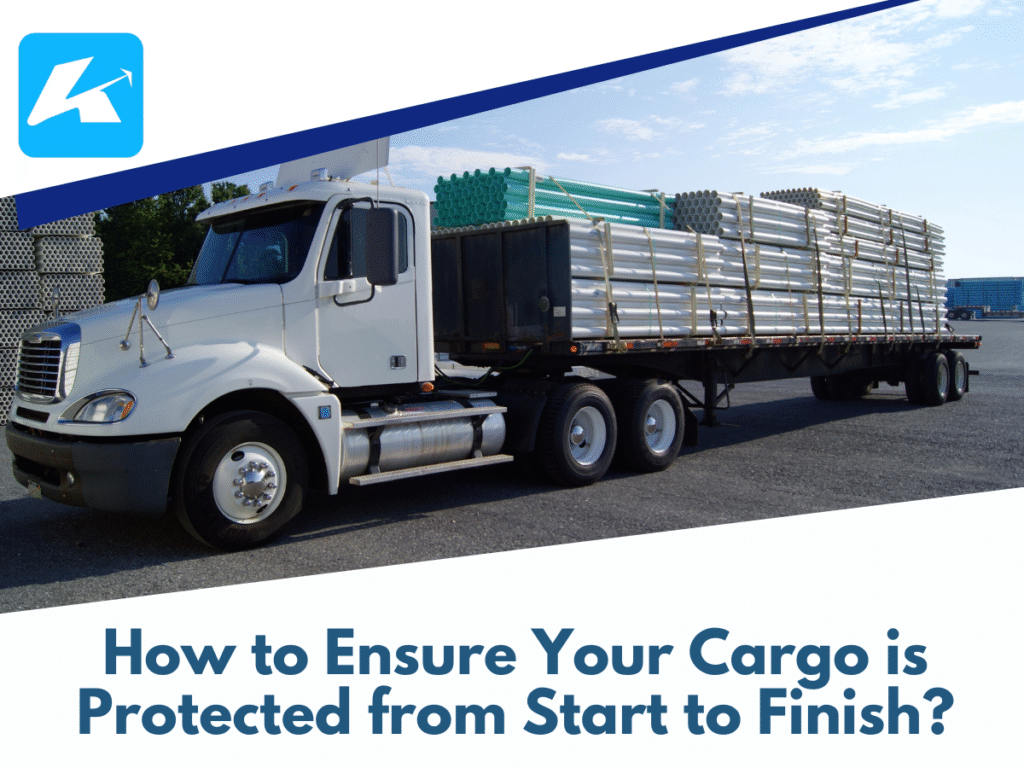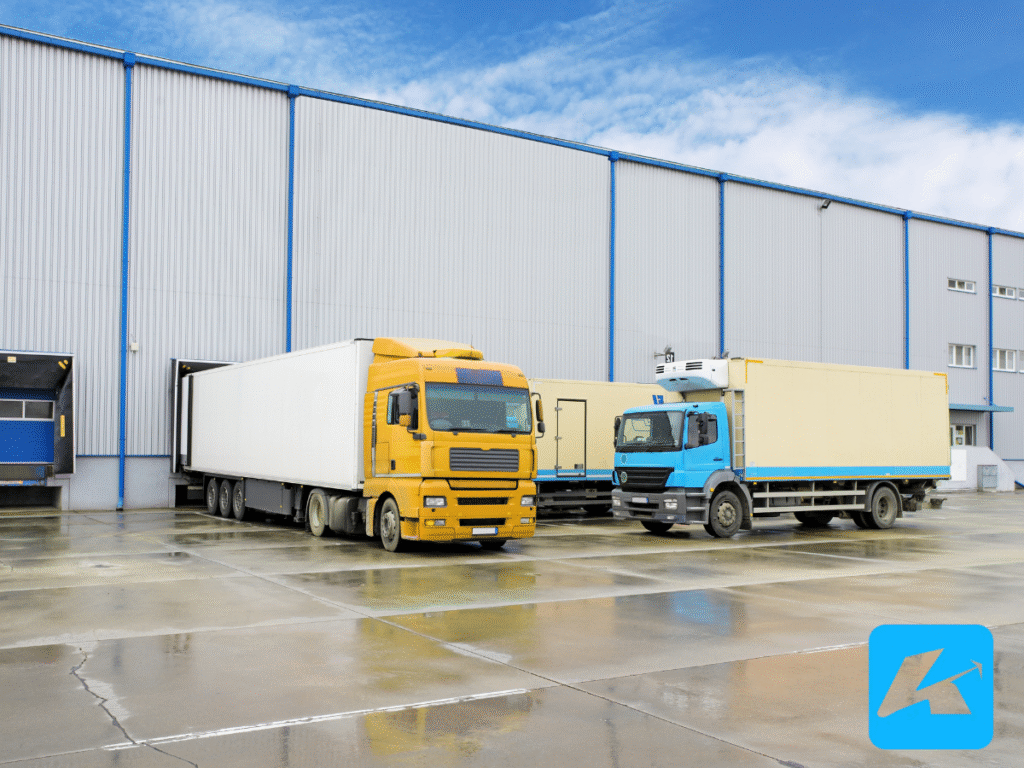Shipping cargo is a bit like sending a prized possession across the country—you want it to arrive in perfect condition, no matter what. Whether you’re moving perishable goods, heavy machinery, or delicate electronics, protecting your cargo from start to finish is critical to avoiding damage, delays, or costly setbacks.
The good news? With the right preparation and partners, you can safeguard your shipment every step of the way.

Here’s a practical guide with five key strategies to ensure your cargo stays secure from pickup to delivery.
1. Use High-Quality Packaging Materials
The first line of defense for your cargo is its packaging. Think of it as armor—strong, well-designed packaging can prevent damage from rough handling, vibrations, or weather.
For standard goods, use sturdy boxes, crates, or pallets with secure strapping or shrink-wrap. For fragile items, add cushioning like bubble wrap or foam inserts. Perishable or temperature-sensitive cargo, like food or pharmaceuticals, requires insulated containers or refrigerated packaging.
For example, if you’re shipping glassware, double-boxing with ample padding can prevent breakage. Heavy equipment might need custom wooden crates to withstand stacking.
Pro Tip: Match your packaging to the cargo’s needs. Check with your carrier for specific requirements, especially for specialized freight like hazmat or oversize loads.
2. Label and Document with Precision
Clear and accurate labeling is like giving your cargo a GPS and a bodyguard. Proper labels ensure your shipment is handled correctly and reaches its destination without confusion.
Include these essentials on every package:
- Shipper and Receiver Info: Full names, addresses, and contact details.
- Handling Instructions: Mark “Fragile,” “This Side Up,” or “Keep Refrigerated” as needed.
- Bill of Lading (BOL): Verify the BOL lists accurate weight, dimensions, and piece count.
Accurate documentation also includes providing a detailed packing list and any necessary permits, especially for hazardous materials. Companies like Kargage, based in Jackson, Mississippi, emphasize precise documentation to ensure their clients’ cargo is handled with care.
Action Step: Use durable, weather-resistant labels and place them on multiple sides of the cargo. Double-check all paperwork to avoid delays or mishandling.
3. Choose the Right Carrier for Your Cargo
Not all carriers are equipped to handle every type of cargo. Selecting a carrier with the right equipment and expertise is crucial for protection.
For instance, refrigerated goods need reefer trucks with reliable temperature controls, while oversized machinery requires flatbed trailers with proper securing mechanisms. Expedited shipments demand carriers with a proven track record for speed and reliability.
A freight broker can simplify this by matching your cargo to a vetted carrier from their network. Kargage, for example, connects clients with over 31,000 trusted carriers to ensure the right fit for any load.
Quick Tip: Ask your broker or carrier about their experience with your cargo type. Check their safety ratings and insurance coverage for added peace of mind.
4. Invest in Cargo Insurance
Even with the best preparation, accidents happen—think theft, accidents, or natural disasters. Cargo insurance acts as a safety net, covering losses if your shipment is damaged or lost.
Standard carrier liability often has limits and may not cover the full value of your cargo, especially for high-value items like electronics or machinery. Purchasing additional cargo insurance ensures you’re protected against unexpected events.
When choosing insurance, consider the cargo’s value, shipping distance, and risk factors. For example, cross-country shipments may face higher risks than local ones. Discuss options with your broker or carrier to find the right coverage.
Best Practice: Request a detailed insurance policy from your carrier or broker. Verify what’s covered, including exclusions like improper packaging or Acts of God.

5. Monitor and Communicate Throughout Transit
Keeping tabs on your cargo during transit is essential for its protection. Real-time tracking tools, offered by many brokers and carriers, let you monitor your shipment’s location and condition.
For temperature-sensitive cargo, like fresh produce, some carriers provide sensors to track temperature and humidity, alerting you to any issues. Clear communication with your carrier or broker also helps address problems quickly—whether it’s a delay due to weather or a routing issue.
Recent X posts highlight how shippers value 24/7 support from logistics partners to stay updated on their cargo’s status. Proactive communication can prevent small issues from becoming big problems.
How to Start: Choose a carrier or broker with real-time tracking and responsive support. Set up alerts for key milestones, like pickup, transit updates, and delivery.
Putting It All Together
Protecting your cargo from start to finish is about preparation, partnership, and vigilance. By using high-quality packaging, labeling accurately, choosing the right carrier, securing insurance, and monitoring transit, you can minimize risks and ensure your shipment arrives in top condition.
These steps don’t just protect your cargo—they protect your business’s reputation and bottom line. A damaged or late shipment can frustrate customers, but a well-protected one builds trust.
At Kargage, we’ve seen how these strategies help our clients ship everything from dry van loads to refrigerated freight with confidence. But this isn’t about us—it’s about empowering you to safeguard your cargo.
Need help ensuring your next shipment is protected? Reach out at (727) 628-3545 for a quote. With these tips, you can ship smarter and rest easy knowing your cargo is in good hands.

